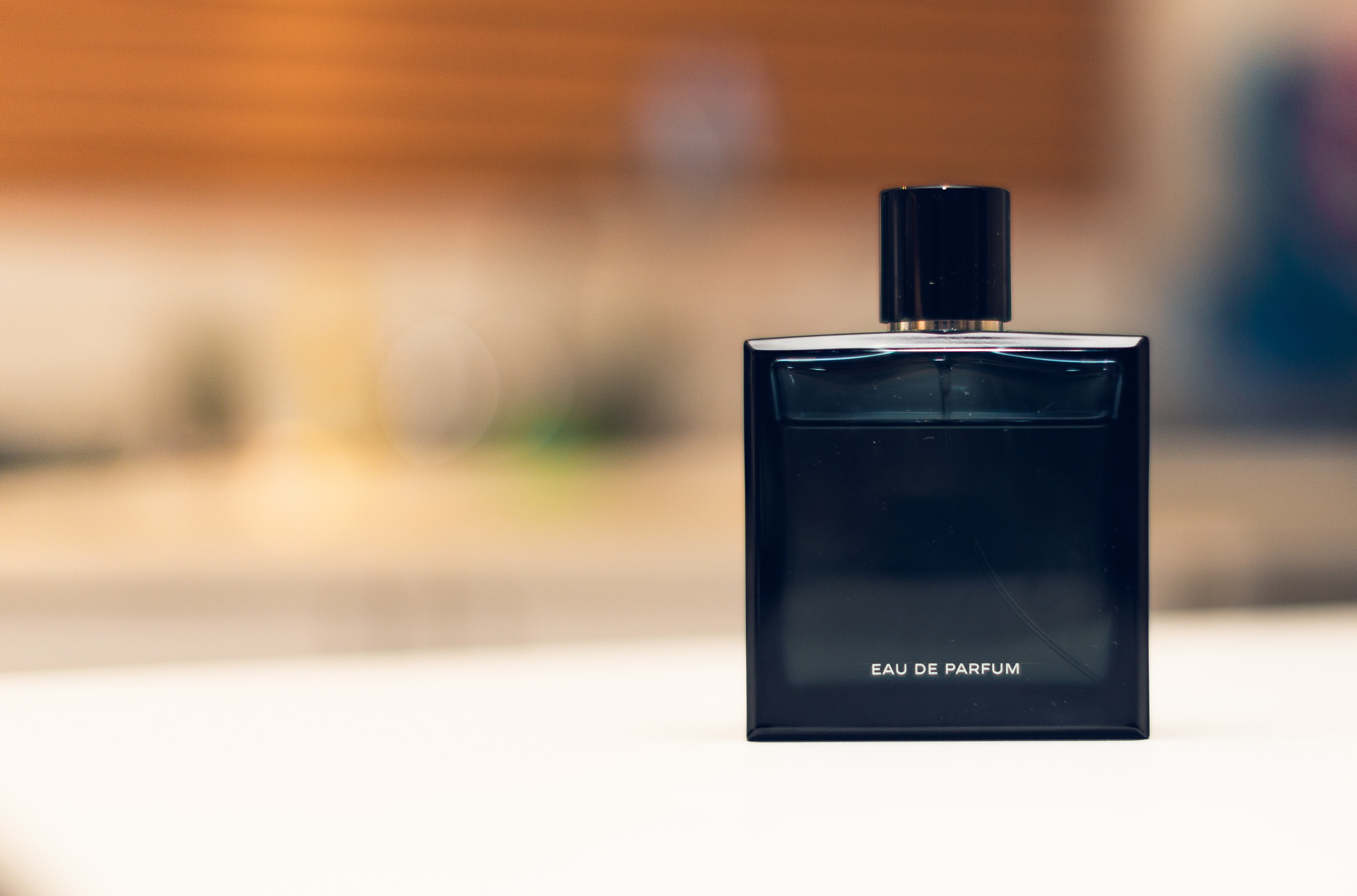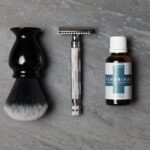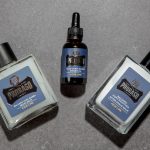In the world of fragrances, things can get pretty confusing with all the brand names we see while scanning store shelves: eau de parfum, eau de toilette, cologne, even eau de cologne. But are these just fancy French variations of the same thing or are they distinct products? For once and for all, we want to set the record straight, and clarify what each one of these terms means.
In fact, the different names correspond to fragrance concentration levels. In each scented formula, there’s a ratio of concentrated fragrance oils, to water and ethanol, and scents range from pure concentrated fragrance mixed with water, to almost all water and ethanol. The exact ingredients of the fragrance oils depends on the particular product, and brands like to keep their special formulas a secret. But, as a general rule of thumb, the more concentrated fragrance in a formula, the more expensive it’ll be, and the stronger scent you’ll have.
Getting Started

On the low-concentration end, we have aftershaves and colognes—or eau de cologne (the last two terms are synonymous). Aftershaves, if scented, generally have 1-3% fragrance concentration, and colognes have around 2-5%. Due to the lower concentration, colognes and scented aftershaves only last between 1 and 2 hours after application, and the scent is milder.

Interestingly, the concentration doesn’t only affect the strength of a scent, but also affects its quality. Each scent has an anatomy, consisting of head, heart, and base notes, and all of these terms relate to the temporal sequence of effusion, with specific sets of notes released at designated times. That means that when a low-concentration fragrance is applied, its sillage is weaker, and so only the head notes are scented, hence changing the quality of the scent as a whole.
Time to Concentrate

Moving one step up in concentration, we have the eau de toilette, sometimes called eau fraiche or fresh water, which typically contains between 5 and 10% fragrance oil concentration. Next, there’s eau de parfum, which ranges between 10 and 15%, lasting up to 5 hours long. Eau de parfum is concentrated enough to bring forth heart notes, again influencing the quality of the scent. At the highest level of concentration, lasting up to 7 hours, we have good old perfume, bringing forward all head, heart, and base notes contained in the fragrance. Perfumes can range from 15 to 40%, with an average concentration of 25%, sometimes containing no alcohol in the formula whatsoever.

How do I Choose?
The next thing you might be wondering is why there’s a seeming gender disparity between cologne and perfume, with more men wearing cologne, and women, perfume. The truth is that there’s no hard and fast gender designation, but men tend toward mild scents, and women, toward stronger ones. Generally, colognes are marketed toward men, and perfumes, toward women, but men’s perfumes and women’s colognes are sold around the world. In these cases, it comes down to ingredients and the experience. The type of scents that are typically found in men’s fragrances appear less often in women’s: for instance, you’ll commonly find notes of musk, sandalwood, whiskey, and leather in men’s fragrances, whereas women’s feature an array of floral notes.
To sum up: difference concentrations can last different lengths of time, and the fragrance can vary. To find the one that’s right for you, consider how long you’ll need to go before you can freshen up. Choose a smell you can stand to be around all day – and even more importantly, choose one the people around you can stand, too!





